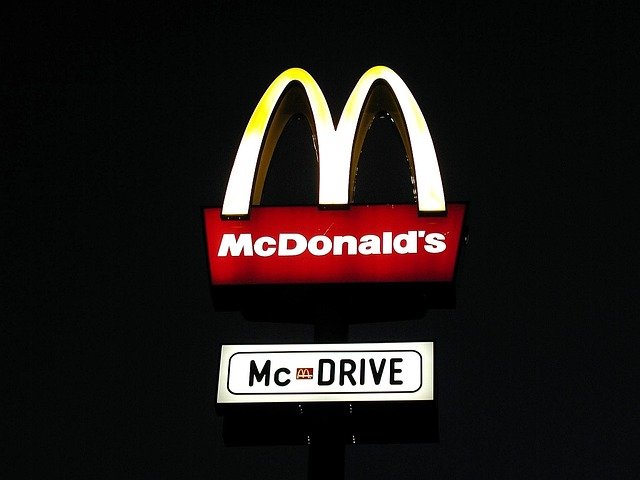How the Ghost Kitchen Franchise Model Works, Why Interest Is Growing, What to Check First
how ghost kitchen franchises typically operate and why more entrepreneurs are exploring the model. Readers get a plain-English overview of the concept—delivery-first kitchens with limited or no dine-in—plus the usual franchise support such as site selection, build-out specs, equipment packages, training, marketing and tech integrations for delivery platforms. The article outlines common cost categories (initial franchise fee, equipment, leasehold improvements, rent, utilities, permits, insurance and working capital), typical operating considerations (menu design for delivery, packaging, order aggregation, staffing and food-safety procedures) and variants like single-brand kitchens, multi-brand “virtual” concepts and commissary hubs. A due-diligence checklist covers talking to current franchisees, reviewing disclosure documents, comparing vendor terms, understanding delivery-platform fees and service areas, and verifying local regulations.

The restaurant industry has undergone a fundamental transformation with the emergence of ghost kitchens, also known as virtual kitchens or cloud kitchens. Understanding what a ghost kitchen franchise is becomes essential for entrepreneurs considering this innovative business model that eliminates the need for customer-facing dining areas.
What Is a Ghost Kitchen Franchise
A ghost kitchen franchise operates as a commercial cooking facility designed exclusively for preparing food orders placed through delivery apps and online platforms. Unlike traditional restaurants, these establishments have no storefront, dining room, or walk-in customers. Franchisees partner with established brands to operate these delivery-focused kitchens under proven business systems and brand recognition.
The franchise model provides operators with established recipes, operational procedures, marketing support, and technology integration. This approach allows entrepreneurs to enter the food service industry with reduced initial investment compared to full-service restaurant franchises.
Delivery-First Model Explained
The delivery-first model explained reveals a streamlined approach to food service that prioritizes efficiency and cost-effectiveness. Ghost kitchens typically operate from industrial or commercial spaces with lower rent costs than prime retail locations required for traditional restaurants.
Operations focus entirely on order fulfillment through third-party delivery platforms like DoorDash, Uber Eats, and Grubhub. This model eliminates expenses associated with front-of-house staff, dining room maintenance, and customer service areas. Kitchen staff can concentrate solely on food preparation and order accuracy, often resulting in faster service times and improved operational efficiency.
Many ghost kitchen franchises operate multiple brand concepts from a single location, maximizing revenue potential through diversified menu offerings and broader market appeal.
Franchisor Support and Tech Stack
Franchisor support and tech stack components play crucial roles in ghost kitchen franchise success. Established franchisors typically provide comprehensive technology platforms that integrate with major delivery services, streamline order management, and track performance metrics.
Support systems often include initial training programs, ongoing operational guidance, marketing assistance, and supply chain management. Technology packages may feature point-of-sale systems, inventory management software, and analytics tools designed specifically for delivery-focused operations.
Franchisors frequently negotiate preferred rates with delivery platforms and provide access to established vendor relationships, helping franchisees reduce operational costs and improve profit margins.
Startup Cost Categories
Startup cost categories for ghost kitchen franchises vary significantly based on location, brand selection, and operational scale. Understanding these financial requirements helps potential franchisees make informed investment decisions.
Typical expense categories include franchise fees, kitchen equipment, initial inventory, technology setup, permits and licenses, and working capital. Equipment costs often represent the largest expense category, encompassing commercial-grade cooking appliances, refrigeration systems, and food preparation tools.
| Cost Category | Typical Range | Key Components |
|---|---|---|
| Franchise Fee | $25,000 - $75,000 | Initial licensing rights, brand access |
| Kitchen Equipment | $50,000 - $150,000 | Commercial appliances, prep equipment |
| Technology Setup | $5,000 - $20,000 | POS systems, delivery integration |
| Initial Inventory | $3,000 - $10,000 | Food supplies, packaging materials |
| Working Capital | $20,000 - $50,000 | Operating expenses, staff wages |
Prices, rates, or cost estimates mentioned in this article are based on the latest available information but may change over time. Independent research is advised before making financial decisions.
Key Considerations Before Investing
Prospective franchisees should evaluate several critical factors before committing to a ghost kitchen franchise. Market analysis becomes essential, including assessment of local delivery demand, competition density, and demographic preferences.
Location selection requires careful consideration of zoning regulations, delivery radius coverage, and operational costs. Many successful ghost kitchen operators choose locations in industrial areas or shared commercial kitchen spaces to minimize overhead expenses.
Franchise agreement terms deserve thorough review, including royalty structures, territory rights, and operational requirements. Understanding the franchisor’s track record, support quality, and growth trajectory helps ensure long-term partnership success.
The ghost kitchen franchise model continues attracting entrepreneurs seeking entry into the food service industry with reduced traditional restaurant risks. Success depends on careful planning, thorough market research, and selection of established franchise partners with proven operational systems and ongoing support capabilities.



